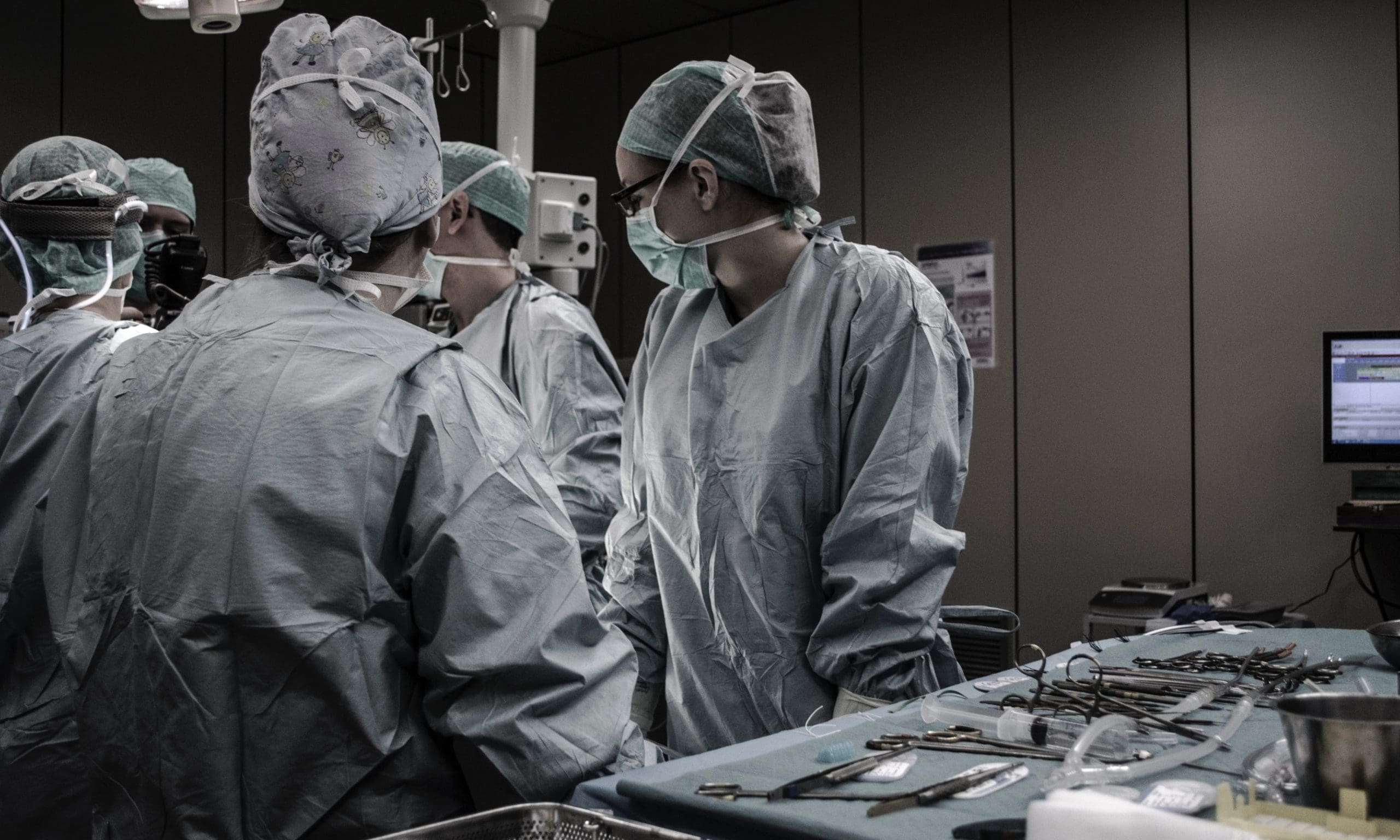Sustainability in the Medical textile is one of the budding topics in today’s world. The whole earth is suffering from a lack of resources. It is necessary to switch to sustainability in order to face the problems around the world.
Medical textile is a part of technical textile which is used in day to day life for hygienic and health conditions as well as performing the medical treatment in the hospitals. There are two types of medical textile;
- Consumer products: Products that are used by consumers.
- Hospital products: Products that are used by hospital staff.

To use a particular type of medical textile we should consider the features of the products which show whether the products are with the overall good performance, cost-effective, user-friendly, and eco-friendly. Moreover, these features also comprise if it allows you to breathe, has an antimicrobial resistance to the bacteria, virus, etc., or has high strength and durability.
There are some categories of medical textile which are
- Implantable products: Products planted inside the patient’s body. Ex: Suture, Vascular graft, Artificial ligament, etc.
- Non-implantable: Products used outside of the patient’s body. Ex: Wound dressing, Bandages, Gauzes, etc.
- The extracorporeal device: Product used beside the patient’s body as life support. Ex: Artificial organs.
- Healthcare products: Products that are used by the hospital staff. Ex: Gowns, Masks, Surgical cover drapes, Blankets, etc.
- And hygiene products that are used by consumers. Ex: Hand cleaning wipes, Antibacterial wipes, Diapers, etc.
The major types of fibres used in this sector are cotton, viscose, and polyester. Cotton is the main source of medical textiles which has usage in surgical clothing, gown, beddings, sheets, uniforms, etc. However, some fibres like polyamide, polypropylene, polyethylene are needed to implement a desirable property in surgical hosiery, drapes, etc. In addition, glass and elastomer has usage in making the hosiery and masks.

Why should we introduce sustainability in medical textiles? There are some agreeable reasons for it.
- Population:
With the booming population in developing countries such as India and the aging population in countries like Japan, the demand for medical textile in a sustainable way will get higher.
- Resources:
The lack of resources might cause the wrong proportion of usage of raw material in the manufacturing process. Therefore, It will eventually lead to more deaths and more diseases spreading.
- Economy:
When there is a reduction in available resources, the cost of the remaining resources may touch the sky. Even a single band-aid may cost Rs.100.
- Prosperity:
So, sustainability should get in the line of medical textile to lead a flourishing, thriving, and successful social status.
The next question which comes to the mind will be: how to achieve sustainability in the medical textile.
Firstly, there are four ways to achieve sustainability in medical textile which are
- Sustainable Coating:
It is about using an eco-friendly coating to a wound, medicine, etc. In sustainable coatings, there are two examples. One is alginate wound dressing that is more likely natural, but with algae retrieved from the cell wall of brown seaweed for dressing wounds. It works like a patch, and it will not peel like a regular band-aid. Above all, this dressing also has its use in diabetic foot ulcers. The next one is polyurethane dispersions that replace as a liquid band-aid. This synthetic product gives a hygienic coating to the wound.

- Nano Structured Textile:
Nano structured textile is a well-known target now in the world. Nanotechnology has usage in many ways in the medical domain. Its uses are to produce a cord placed in the knee joint for the disease- Osteoporosis. The nano structure has its use for releasing drugs in the body at the desired time. Most importantly, it is more effective because of its self-cleaning property. Above all, rubber-like nano structure material with optimal properties makes as human tissue.

- Green Textile:
The medical textiles industry has started paying attention to the nature-based materials for developing premium healthcare products. Antimicrobial finishing is a finish used in the medicine pills by using plant enzymes. Healing textiles, diabetic control textiles, physician suits, baby, and adult care wipes have all used natural herbs. For instance, baby diapers use bamboo fibres as raw material.

- Menstrual cups and cloth pads:
Many are in fear of using a menstrual cup because of their cultural believes and fear of getting a disease. But many doctors recommend using menstrual cups that will not do any harm to the body. Basically, the silicon-made menstrual cup can run for 12 years at a go. Another remedy to have safe periods is to use Natural cloth pads. Natural cloth pads, created using corn and bamboo fibres, are reusable.


To date, the medical textiles sector has focused on functionality, quality, and standard compliance. However, a more sustainable, eco-friendly medical textiles field has to progress in the developed economies that will be a challenge to the world.

